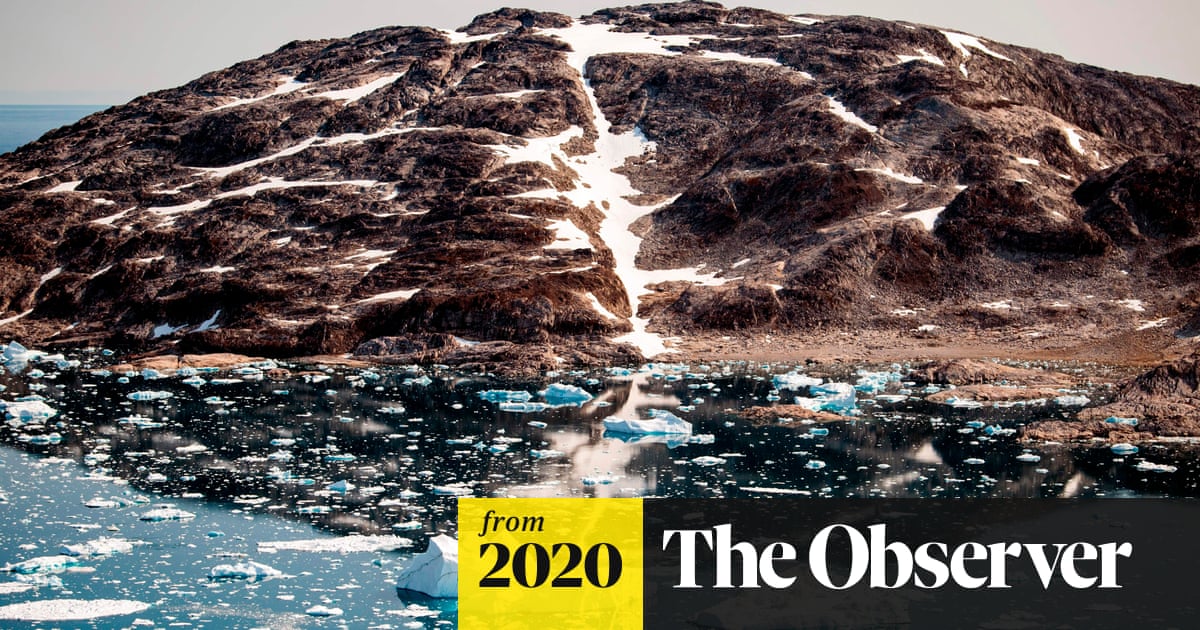Red
Well-Known Member
I live in southern New England, with an obvious temperate climate. But, 300 million years ago, when the supercontinent Pangea existed, where I now live was located much closer to the equator, and the plant fossils I find here lived in a tropical swamp. Earlier, 525 million years ago, southeastern New England was part of a volcanic island arc in a proto-Atlantic ocean. The trilobite species found in our rocks are also found in the Mid Cambrian rocks of Wales, Norway, the Bohemia section of the Czech Republic, Spain, Morocco, Newfoundland and other areas. All these disparate regions were a part of that ancient island arc, known as Avalonia, named after the Avalon peninsula of Newfoundland. This island arc was pushed into proto-North America when Pangea formed, and that part of Avalonia that remained attached to North America when Pangea broke apart includes what is now southeastern New England. All areas of the Earth that were once part of this ancient volcanic island arc have the same trilobite fossils, allowing us to identify the widely scattered pieces of Avalonia.
I just mention all this to point out how different the configuration of continents has been throughout time, and that too determines what past climate was like. It is not simply the waxing and waning of continental ice sheets, which was the major climate dynamic during the most recent Pleistocene Period, but the movement of plates is such that lands now located in northern latitudes may have been equatorial at other times.
Anyway, mammoths were obviously adopted to cold climates. They were not Wooly Mammoths for nothing. And a small population survived until only about 4000 years ago, about 7000 years later then when most mammoths experienced extinction.

I just mention all this to point out how different the configuration of continents has been throughout time, and that too determines what past climate was like. It is not simply the waxing and waning of continental ice sheets, which was the major climate dynamic during the most recent Pleistocene Period, but the movement of plates is such that lands now located in northern latitudes may have been equatorial at other times.
Anyway, mammoths were obviously adopted to cold climates. They were not Wooly Mammoths for nothing. And a small population survived until only about 4000 years ago, about 7000 years later then when most mammoths experienced extinction.
The last mammoths died on a remote island
Isolation, extreme weather, and the possible arrival of humans may have killed off the holocene herbivores just 4,000 years ago.
www.sciencedaily.com
Last edited:










